This post will walk you through the 10 best ways to discipline your kids without destroying their self-esteem you can embrace. Disciplining children is one of the most challenging aspects of parenting.
It’s a delicate balance between guiding them toward appropriate behavior and ensuring they feel loved and valued.
Many parents need help finding effective ways to discipline without resorting to harsh measures that can harm a child’s self-esteem.
Effective discipline is not about punishment but about teaching and guiding children toward understanding the consequences of their actions in a supportive environment
In this blog post, let us look at the best strategies to discipline your kids in a manner that not only corrects their behavior but also fosters a positive self-image and emotional well-being.
Join us as we delve into methods that promote a respectful and nurturing parent-child relationship, helping you raise confident and well-adjusted children.
10 BEST WAYS TO DISCIPLINE YOUR KIDS WITHOUT DESTROYING THEIR SELF-ESTEEM.
1. Set Clear and Consistent Rules
 Explanation: Children need to know what is expected of them to feel secure and understand boundaries. Clear rules help them know what behaviors are acceptable and which are not.
Explanation: Children need to know what is expected of them to feel secure and understand boundaries. Clear rules help them know what behaviors are acceptable and which are not.
Consistency in enforcing these rules is key because it removes ambiguity. When rules are applied consistently, children learn what behaviors lead to certain consequences, making it easier for them to make the right choices.
Example: If bedtime is set at 8 PM, ensure that it remains the same each night. Explain why this rule exists—because a good night’s sleep is important for their health and growth.
2. Use Positive Reinforcement
 Explanation: Positive reinforcement involves acknowledging and rewarding good behavior to encourage it to happen more frequently.
Explanation: Positive reinforcement involves acknowledging and rewarding good behavior to encourage it to happen more frequently.
This method builds children’s self-esteem because it focuses on their strengths and successes rather than their mistakes. Rewards can be verbal praise, a favorite activity, or a small treat.
Example: If your child completes their homework on time, praise them for their responsibility and perhaps allow extra playtime as a reward.
3. Communicate Effectively
 Explanation: Open and respectful communication helps children understand why certain behavior’s are unacceptable. Instead of simply saying “no,” explain the reason behind the rule and listen to their feelings and thoughts. This approach respects their developing reasoning skills and shows that their opinions matter.
Explanation: Open and respectful communication helps children understand why certain behavior’s are unacceptable. Instead of simply saying “no,” explain the reason behind the rule and listen to their feelings and thoughts. This approach respects their developing reasoning skills and shows that their opinions matter.
Example: If your child hits their sibling, explain calmly that hitting hurts others and is not acceptable. Discuss how they would feel if they were hit and explore alternative ways to express frustration.
This is one of the best ways to discipline your kids without destroying their self-esteem.
4. Implement Time-Outs
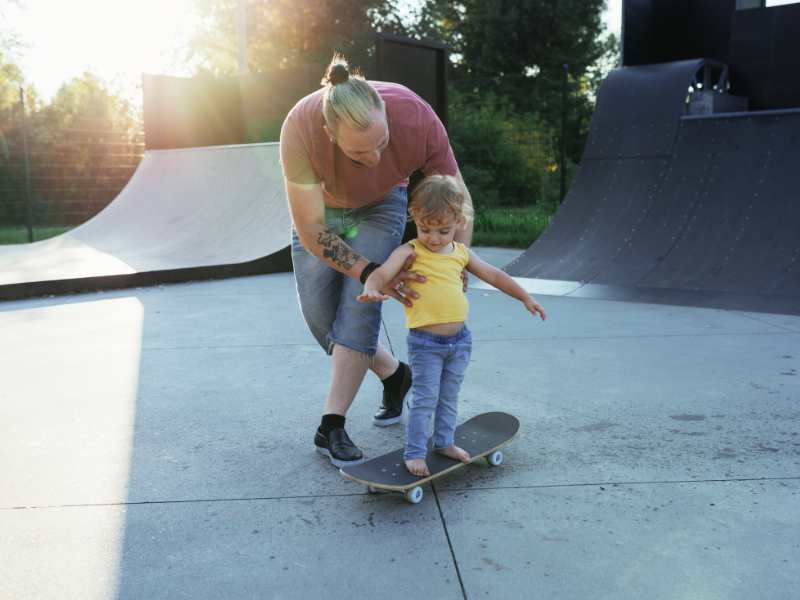 Explanation: Time-outs can be effective when used correctly. They provide children with a break from a situation where they are acting out, allowing them time to calm down and reflect.
Explanation: Time-outs can be effective when used correctly. They provide children with a break from a situation where they are acting out, allowing them time to calm down and reflect.
Ensure that time-outs are brief and proportionate to the child’s age and not perceived as punitive isolation but rather a chance to regain control.
Example: If your child is throwing a tantrum, direct them to a quiet corner for a few minutes. After the time-out, talk about what happened and what they could do differently next time.
5. Use Natural Consequences
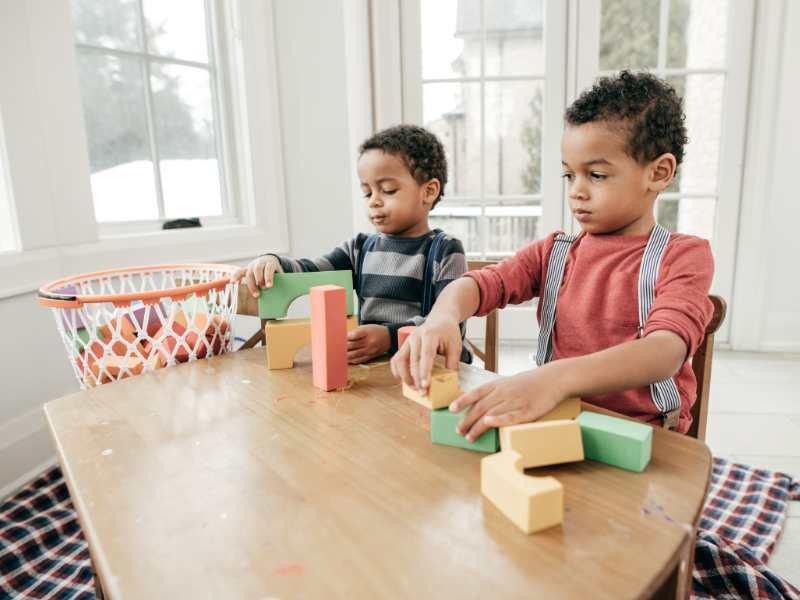 Explanation: Natural consequences allow children to learn from their actions in a way that is directly connected to the behavior.
Explanation: Natural consequences allow children to learn from their actions in a way that is directly connected to the behavior.
This method helps them understand cause and effect without feeling like they are being arbitrarily punished. It also teaches responsibility and accountability.
Example: If your child refuses to wear a coat on a cold day, let them experience the discomfort of being cold. They will likely understand the importance of wearing a coat without you having to enforce the rule strictly.
6. Model Good Behavior
 Explanation: Children often imitate the adults around them. By modelling the behavior you want to see, you provide a clear example of how to act in various situations.
Explanation: Children often imitate the adults around them. By modelling the behavior you want to see, you provide a clear example of how to act in various situations.
This method teaches through demonstration rather than direct instruction, which can be very powerful.
Example: If you want your child to speak politely, consistently use polite language yourself, such as saying “please” and “thank you.”
7. Offer Choices
 Explanation: Giving children choices within set boundaries empowers them to take responsibility for their actions.
Explanation: Giving children choices within set boundaries empowers them to take responsibility for their actions.
This approach helps them feel in control and valued, which can reduce resistance and improve cooperation. It also teaches decision-making skills and the concept of consequences.
Example: Instead of demanding your child to clean their room, offer a choice: “Would you like to clean your room before dinner or after dinner?”
8. Practice Problem-Solving
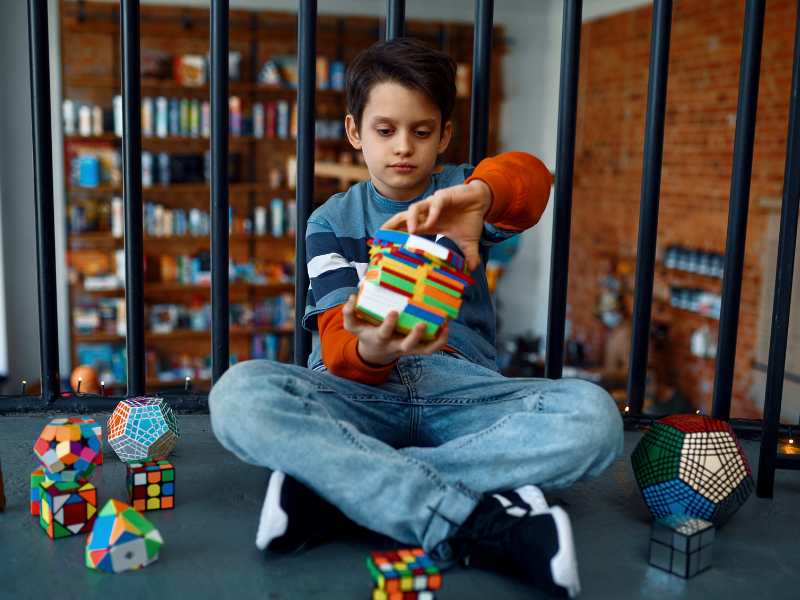 Explanation: Involving children in problem-solving helps them develop critical thinking and understand the consequences of their actions.
Explanation: Involving children in problem-solving helps them develop critical thinking and understand the consequences of their actions.
This collaborative approach teaches them to take responsibility for finding solutions and fosters a sense of independence and competence.
Example: If your child is struggling with sharing toys, sit down with them and discuss possible solutions. Encourage them to come up with ideas and discuss the pros and cons of each option.
9. Stay Calm and Composed
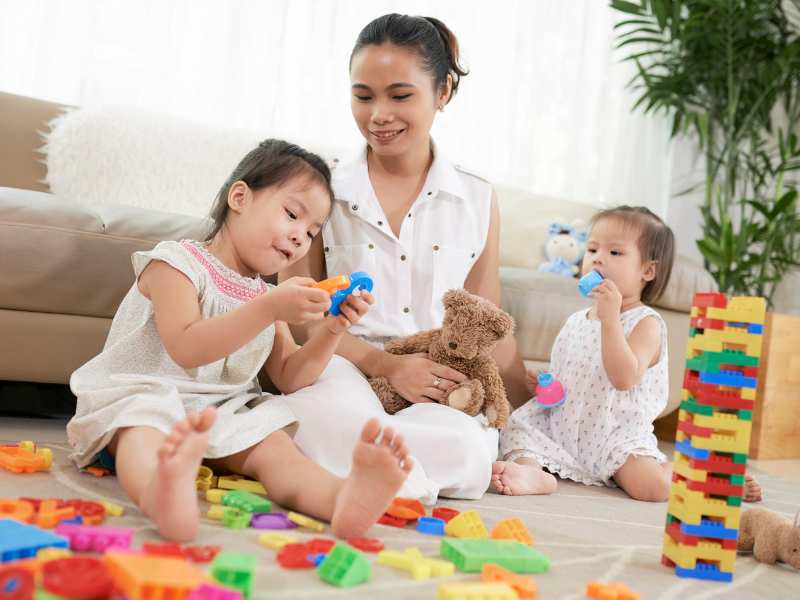 Explanation: Children are more likely to respond positively to a calm and composed demeanor than to anger or frustration.
Explanation: Children are more likely to respond positively to a calm and composed demeanor than to anger or frustration.
Staying calm helps you think more clearly and handle the situation more effectively, setting a positive example for your child on how to manage emotions and conflicts.
Example: If your child is acting out in public, take a deep breath and address the behavior calmly. Explain why their actions are inappropriate and what they should do instead.
10. Show Unconditional Love
 Explanation: Demonstrating unconditional love reassures children that they are valued and loved regardless of their behavior.
Explanation: Demonstrating unconditional love reassures children that they are valued and loved regardless of their behavior.
This foundation of love and security is crucial for their self-esteem and emotional development. It helps them feel safe to make mistakes and learn from them without fear of losing your affection.
Example: After disciplining your child, remind them that you love them. Say something like, “I love you no matter what, but hitting is not okay. Let’s talk about how we can handle our anger better.”
HOW TO BALANCE DISCIPLINE WITH NURTURING MY CHILD’S SELF-ESTEEM
1. Set Boundaries with Empathy
 Explanation: Establishing rules and expectations is important, but it’s equally vital to do so with empathy.
Explanation: Establishing rules and expectations is important, but it’s equally vital to do so with empathy.
Explain the reasons behind the rules and show understanding of your child’s feelings. This approach helps children see discipline as guidance rather than punishment.
Example: If your child is upset about a bedtime rule, acknowledge their feelings: “I know it’s hard to stop playing and go to bed, but sleep is important for you to feel good and have energy tomorrow.”
2. Focus on the Behavior, Not the Child
 Explanation: When addressing misbehavior, separate the behavior from the child.
Explanation: When addressing misbehavior, separate the behavior from the child.
This helps maintain their self-worth by making it clear that it’s the behavior that is unacceptable, not them as a person.
Example: Instead of saying, “You’re being bad,” say, “Throwing toys is not safe. Let’s find a better way to play.”
3. Use Positive Discipline Techniques
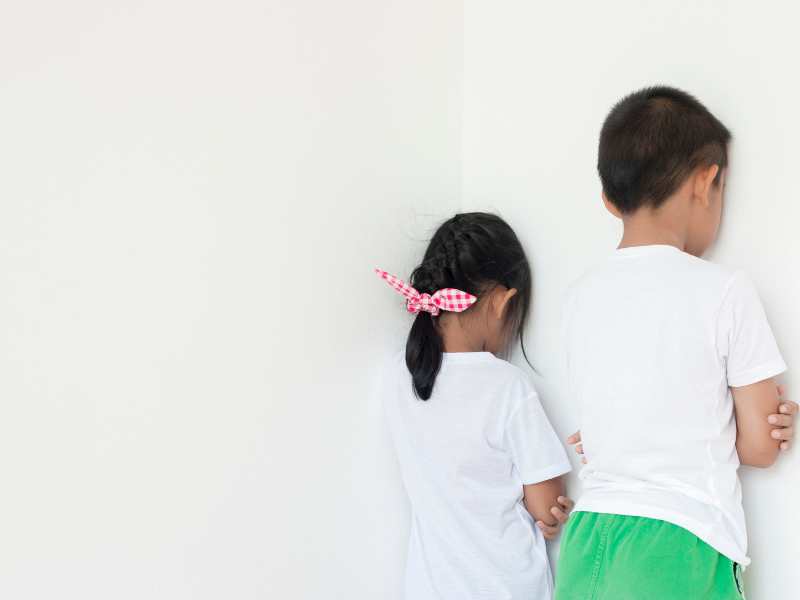 Explanation: Positive discipline techniques focus on teaching rather than punishing.
Explanation: Positive discipline techniques focus on teaching rather than punishing.
Methods like time-outs, natural consequences, and positive reinforcement encourage learning and growth while preserving self-esteem.
Example: If your child forgets their homework, allow them to experience the natural consequence of explaining to the teacher, rather than punishing them at home.
4. Communicate Openly and Respectfully
 Explanation: Maintain open lines of communication with your child. Listen to their perspectives and involve them in discussions about rules and consequences.
Explanation: Maintain open lines of communication with your child. Listen to their perspectives and involve them in discussions about rules and consequences.
Respectful communication shows that their opinions matter and builds their self-worth.
Example: If a rule needs to be set, involve your child in the process: “We need to decide on a time for homework. What time do you think would work best for you?”
5. Provide Consistent and Predictable Responses
 Explanation: Consistency in your responses to behavior helps children understand the consequences of their actions.
Explanation: Consistency in your responses to behavior helps children understand the consequences of their actions.
Predictable outcomes provide a sense of security and fairness, which is important for their emotional well-being.
Example: If hitting results in a time-out, ensure this consequence is applied every time, regardless of the circumstances.
6. Encourage Independence and Responsibility
 Explanation: Allow children to make choices and take responsibility within safe limits.
Explanation: Allow children to make choices and take responsibility within safe limits.
This fosters a sense of autonomy and competence, which is crucial for their self-esteem.
Example: Let your child choose their outfit for the day or decide between two acceptable options for a snack.
7. Celebrate Efforts and Achievements
 Explanation: Acknowledge and celebrate your child’s efforts and achievements, no matter how small.
Explanation: Acknowledge and celebrate your child’s efforts and achievements, no matter how small.
Positive reinforcement builds confidence and encourages them to continue striving for good behavior.
Example: If your child helps set the table, praise their effort: “Thank you for setting the table. You did a great job!”
Celebrating efforts and achievements is one of the perfect ways to discipline your kids without destroying their self-esteem.
8. Model Respectful Behavior

Explanation: Children learn by observing. Model the behavior you want to see in your child, such as respect, patience, and kindness.
Demonstrating these qualities shows them how to interact positively with others.
Example: When you make a mistake, apologize and explain: “I’m sorry for raising my voice. I was frustrated, but I should have spoken more calmly.”
9. Offer Emotional Support and Understanding
 Explanation: Be there for your child emotionally. Offer comfort and understanding when they are upset or facing difficulties. Emotional support helps them feel secure and valued.
Explanation: Be there for your child emotionally. Offer comfort and understanding when they are upset or facing difficulties. Emotional support helps them feel secure and valued.
Example: If your child is sad after a tough day at school, listen and comfort them: “I understand you’re feeling sad. It’s okay to feel this way. Let’s talk about it.”
10. Teach Problem-Solving Skills
 Explanation: Encourage your child to think through problems and come up with solutions. This empowers them and builds their confidence in handling challenges.
Explanation: Encourage your child to think through problems and come up with solutions. This empowers them and builds their confidence in handling challenges.
Example: If your child is upset about a conflict with a friend, guide them through the process of finding a solution: “What happened? How do you think you can make things better with your friend?”
Catching the right balance between discipline and nurturing your child’s self-worth is essential for fostering their overall development and well-being.
Effective discipline involves setting clear expectations and implementing consistent consequences, but it should always be paired with empathy, respect, and positive reinforcement.
By centering on the behavior rather than the child, encouraging open communication, and providing emotional support, you help your child understand and learn from their mistakes without diminishing their self-esteem.
This balanced approach not only guides your child towards better behavior but also reinforces their sense of value and confidence.
Eventually, a disciplined approach that respects and nurtures your child’s self-worth will contribute to a positive, loving relationship and support their growth into a responsible, confident individual.
|
ReplyForward |